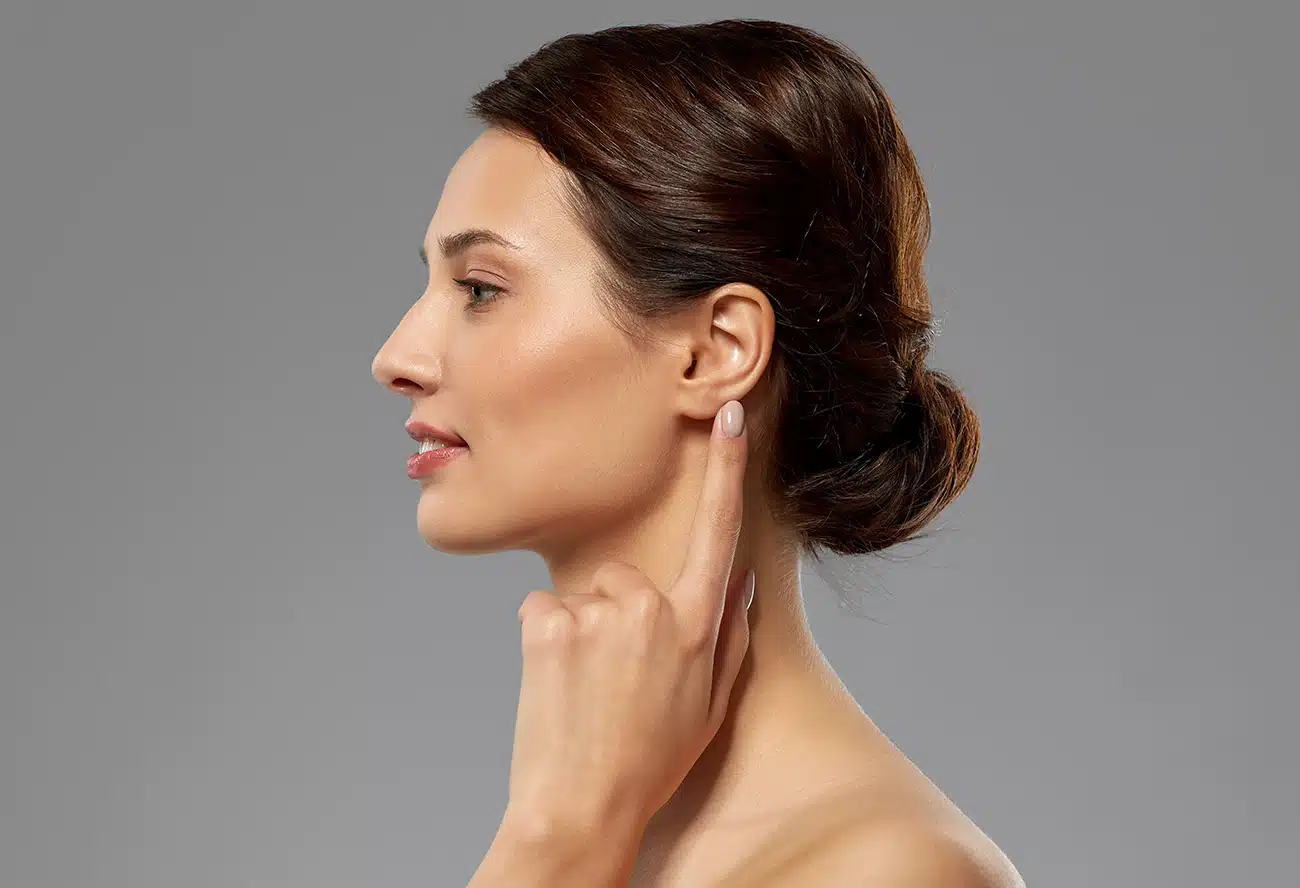Earlobe repair surgery is a minor cosmetic procedure designed to fix torn, stretched, or damaged earlobes caused by heavy earrings, trauma, or aging. Despite being a small area, the earlobe plays an important role in facial aesthetics, and its shape can influence overall symmetry and balance. For individuals seeking Earlobe Surgery in Dubai, one of the most common questions before the procedure is whether anesthesia is necessary. The answer depends on the extent of the repair and the patient’s comfort level, but understanding the purpose of anesthesia helps ease anxiety about the process.
Why Anesthesia Matters in Cosmetic Treatments
Anesthesia plays a crucial role in cosmetic procedures, regardless of their scale. Its primary goal is to ensure patient comfort, eliminate pain, and allow the surgeon to perform with precision. Even in small, localized surgeries like earlobe repair, anesthesia creates a calm environment for both the patient and the surgeon. By numbing the area, it prevents discomfort and involuntary movements, making the process smoother and safer.

Types of Anesthesia Used for Earlobe Repair
For earlobe repair, anesthesia is usually minimal and localized. In most cases, local anesthesia is administered directly to the earlobe to numb the area completely. This allows the patient to remain awake and alert while feeling no pain during the procedure. However, for individuals who experience anxiety about surgical procedures, a mild sedative or numbing cream may be offered alongside local anesthesia.
The Most Common Approach
Local anesthesia is widely regarded as the most effective and practical option for earlobe repair. It numbs only the targeted area without affecting overall consciousness. The benefits include:
- Fast Onset: Numbing occurs within minutes, allowing the procedure to begin quickly.
- Short Duration: The effect lasts long enough for the surgery and gradually fades afterward.
- Minimal Risks: Unlike general anesthesia, it avoids systemic side effects.
- No Downtime: Patients can return home soon after the procedure.
When Might Additional Anesthesia Be Considered?
In certain circumstances, a doctor may suggest more than just local anesthesia. For example, patients with severe anxiety, a strong fear of needles, or multiple earlobe corrections in one session might benefit from mild sedation. This helps them remain calm and still throughout the procedure. Some individuals also have a very low pain threshold, meaning they may require additional anesthetic support for complete comfort. In such cases, sedation works as a psychological aid rather than a medical necessity.
Comfort and Confidence During the Procedure
Feeling relaxed and confident during earlobe repair is just as important as achieving beautiful results afterward. Anesthesia contributes to a stress-free experience, allowing patients to focus on the outcome rather than discomfort. Knowing that the procedure will be entirely painless helps eliminate fear, especially for those undergoing surgery for the first time. Many patients describe the process as quick and surprisingly comfortable, often comparing it to a dental numbing experience rather than an invasive operation.
Addressing Common Concerns About Anesthesia
Many people worry about how anesthesia might affect their body or whether it could cause complications. However, when administered by a qualified professional, local anesthesia is extremely safe. Here are a few reassuring facts:
- Quick and Controlled: The anesthetic is applied in small, precise doses.
- No Drowsiness: You remain awake and aware throughout the process.
- Low Risk of Allergic Reaction: Modern anesthetics are formulated to minimize side effects.
- Fast Recovery: Once the numbing effect fades, normal sensations return smoothly.
The Role of Communication with Your Specialist
Open communication with your specialist is essential before undergoing earlobe repair. Discuss any concerns about pain tolerance, allergies, or previous reactions to anesthesia. Providing a clear medical history ensures the safest and most comfortable experience possible. A professional will always tailor the anesthetic plan to your needs, ensuring that you feel calm and secure throughout the process.
Why Professional Expertise Matters
While earlobe repair may be a minor surgery, the expertise of the specialist performing it cannot be overstated. Administering anesthesia correctly requires precision, knowledge, and attention to patient comfort. A skilled practitioner ensures that the amount of anesthesia used is just right — enough to eliminate pain without unnecessary excess.
Safety Standards and Modern Techniques
Today’s medical advancements have made local anesthesia safer and more effective than ever. Clinics follow strict hygiene and safety protocols, using sterilized instruments and high-quality anesthetic agents. These standards not only minimize risk but also enhance patient satisfaction and trust. With such advancements, the likelihood of experiencing pain or complications during earlobe repair is extremely low. Most patients find the process straightforward and surprisingly gentle.
Restoring Confidence with Comfort
Ultimately, the purpose of anesthesia in earlobe repair surgery is to combine precision with comfort. The experience should feel smooth, controlled, and completely free of pain. Patients can relax knowing that even though a delicate correction is being performed, they will remain comfortable from beginning to end.
Final Thought
When considering earlobe repair, selecting a trusted and experienced clinic ensures both comfort and aesthetic satisfaction. At Dynamic Life Clinic, each procedure is performed with meticulous care, using safe anesthetic techniques designed to keep patients relaxed throughout their experience. The clinic’s patient-centered approach prioritizes both safety and serenity, helping every individual feel at ease while restoring the natural beauty and balance of their earlobes.


